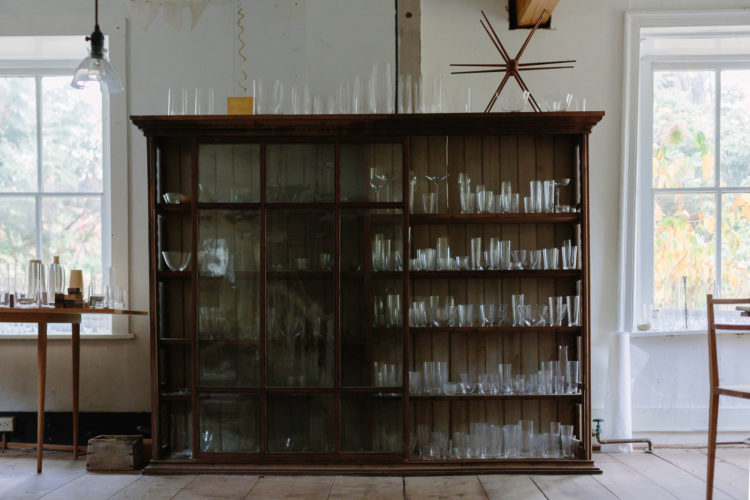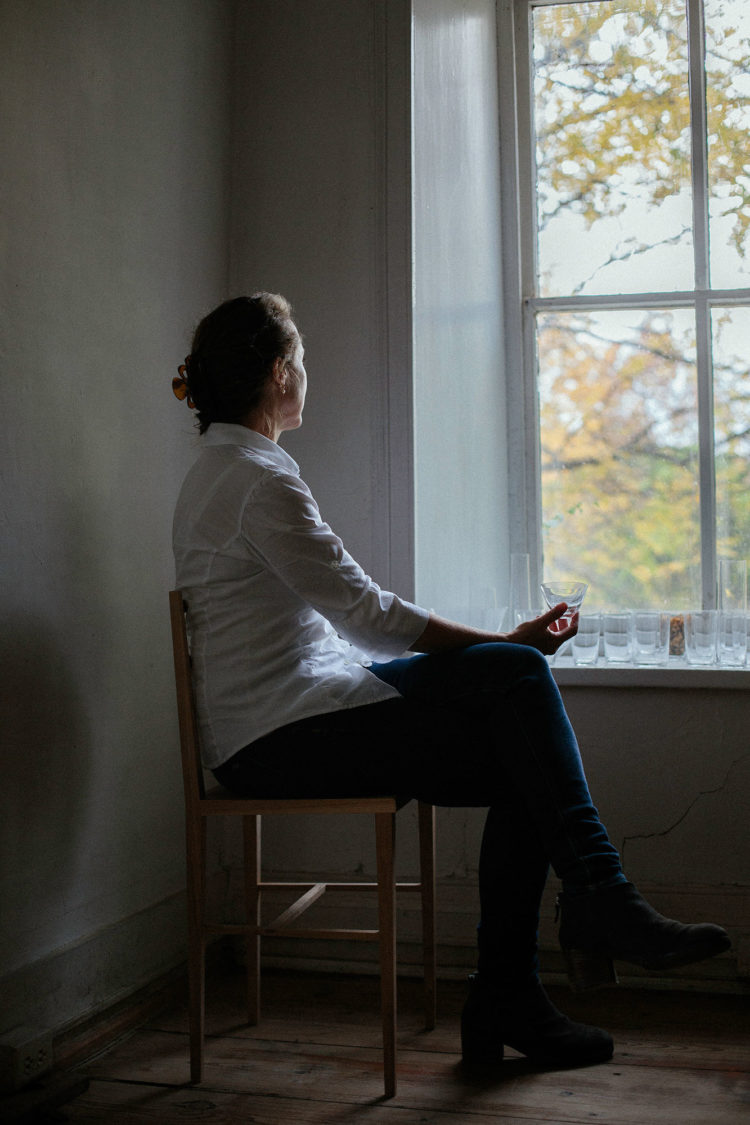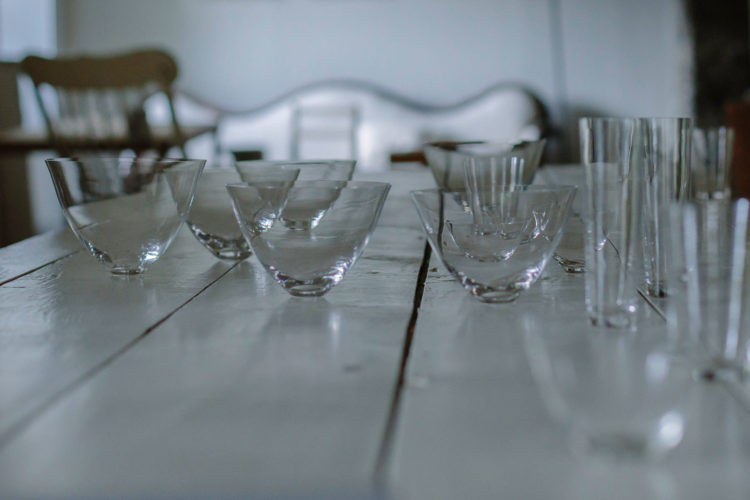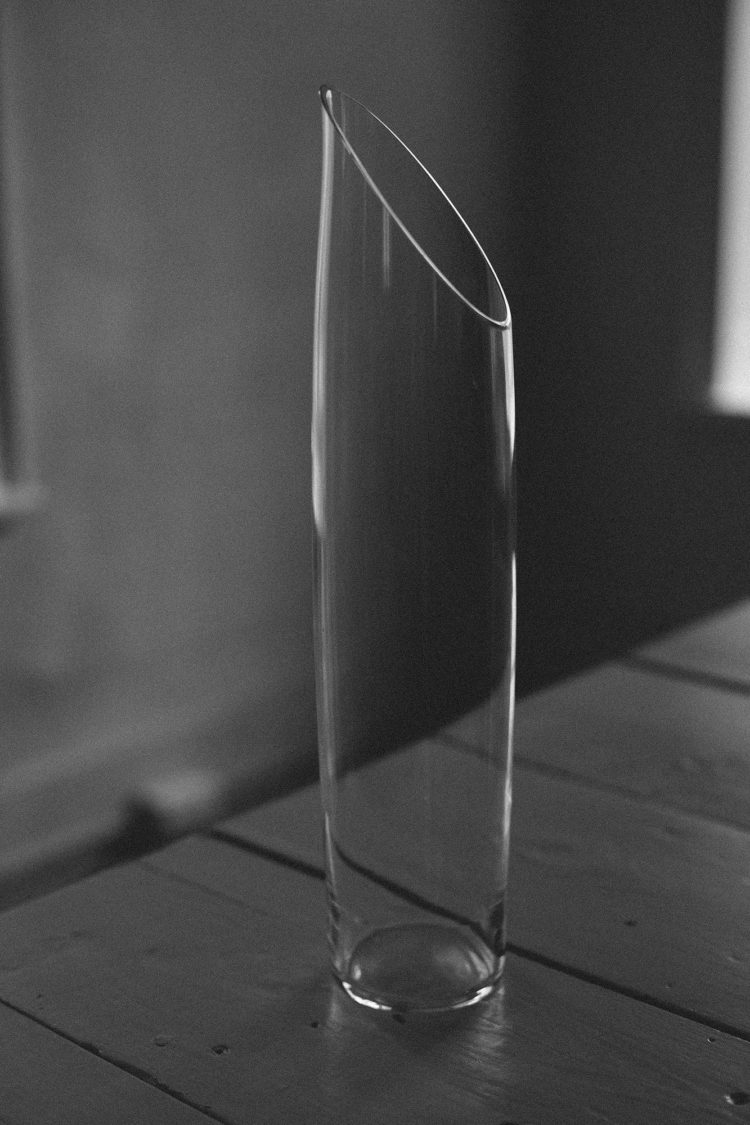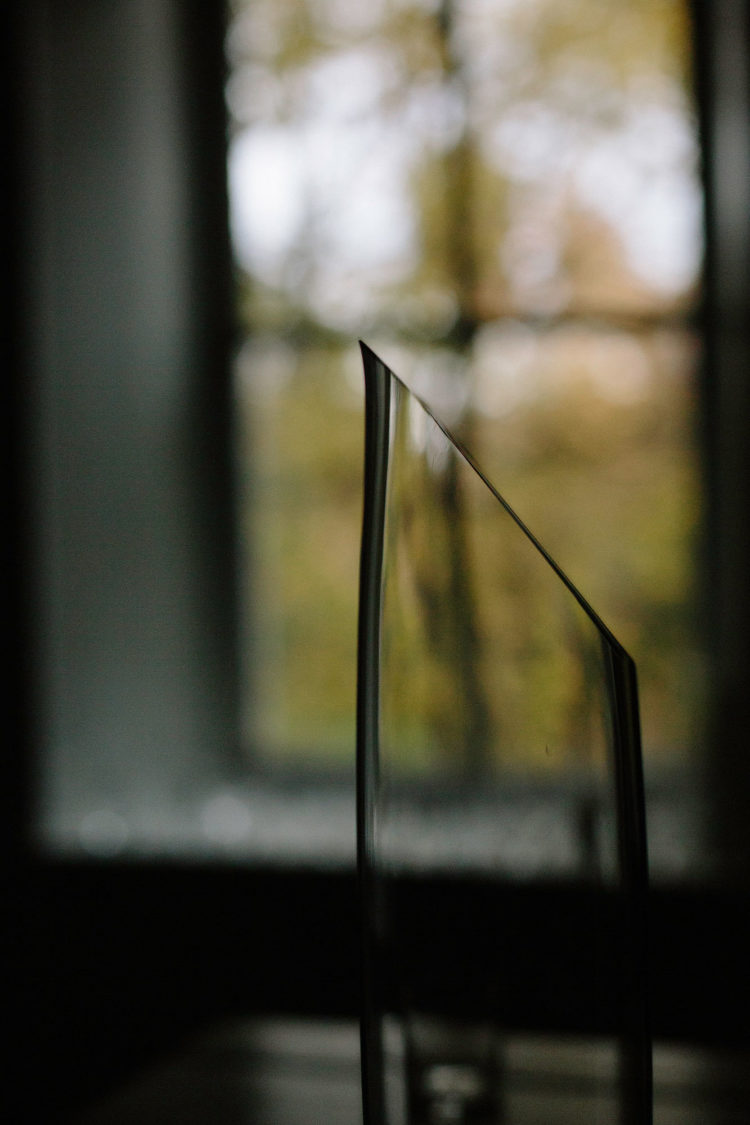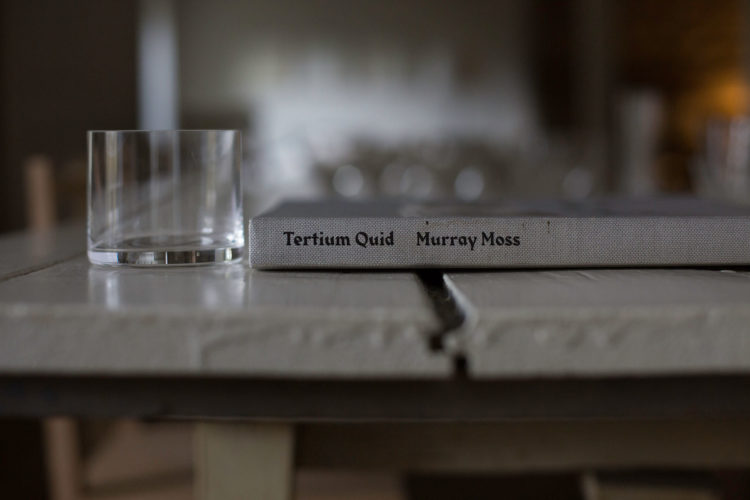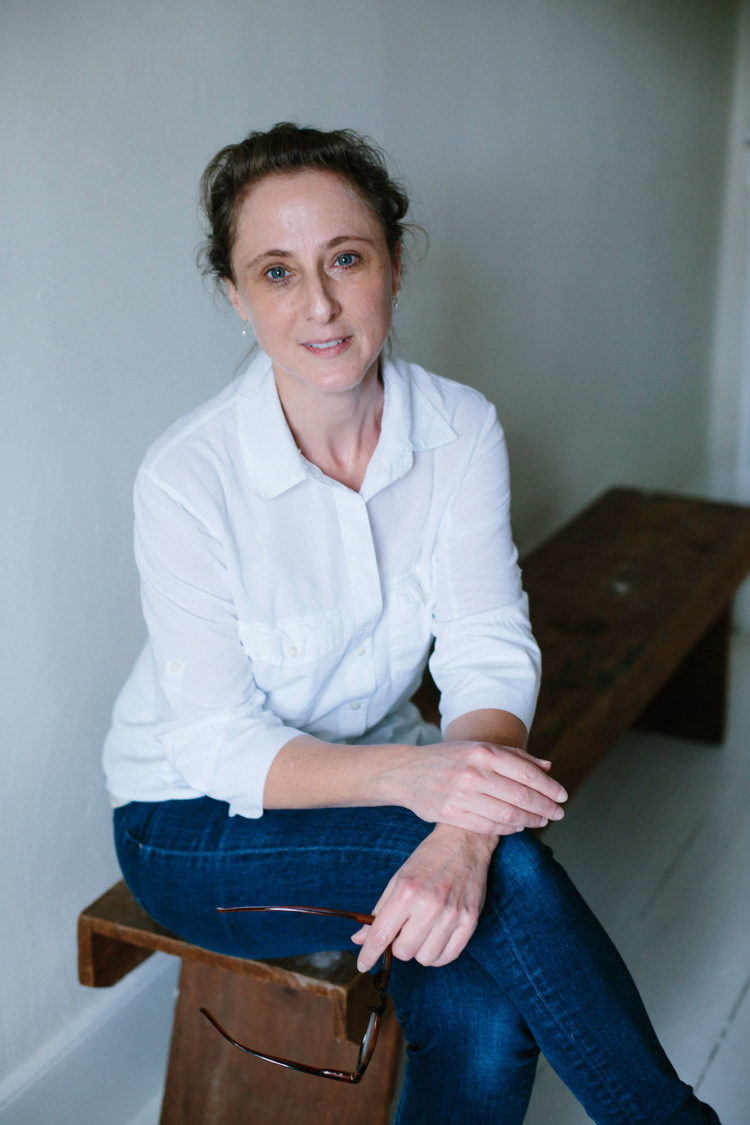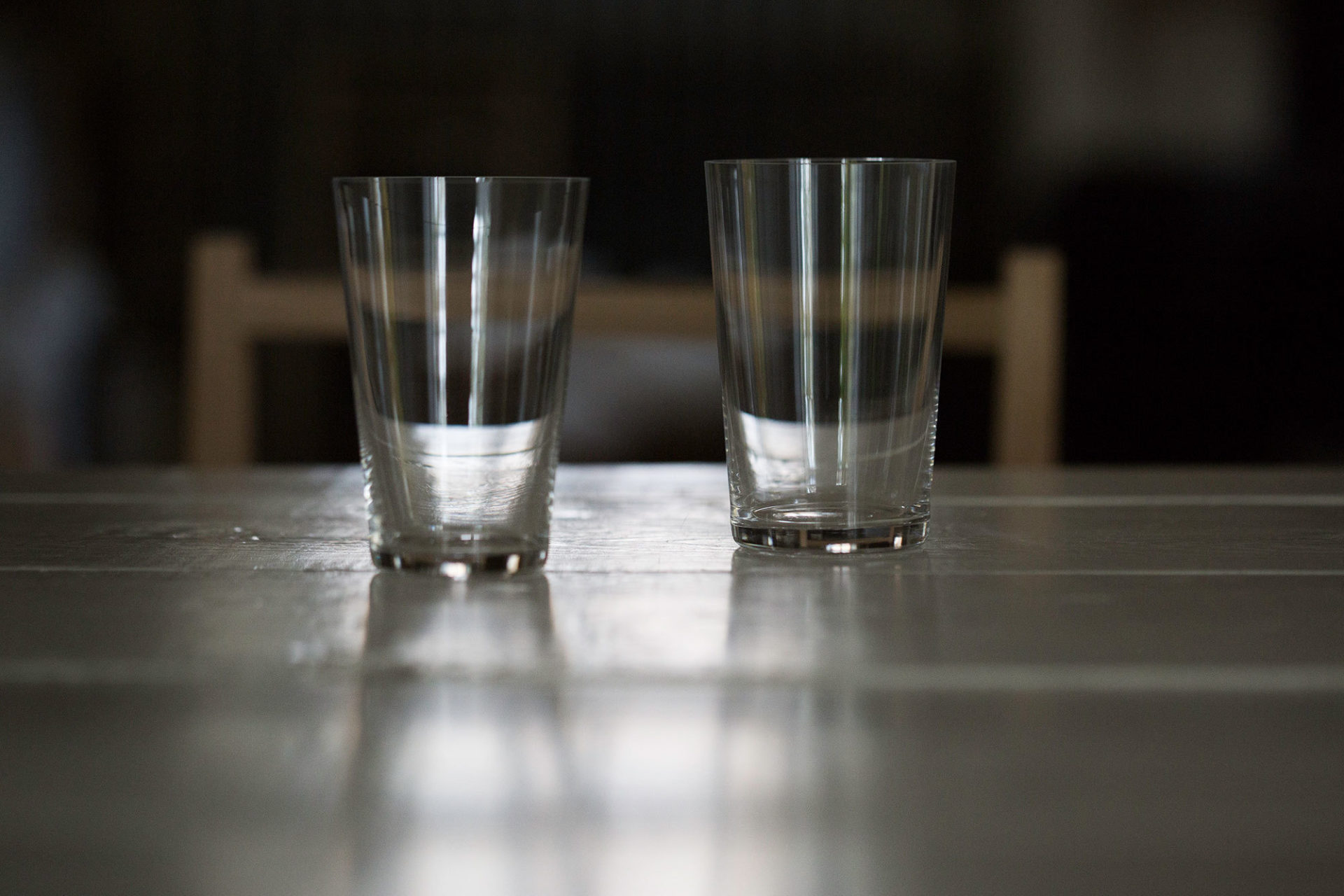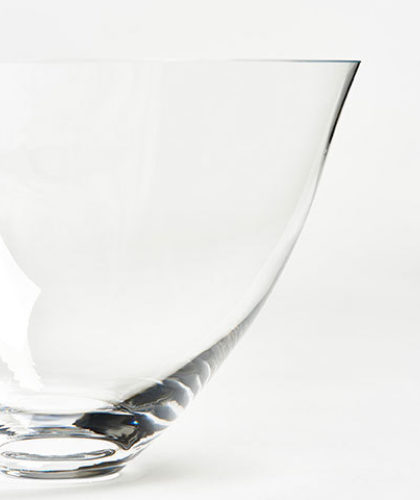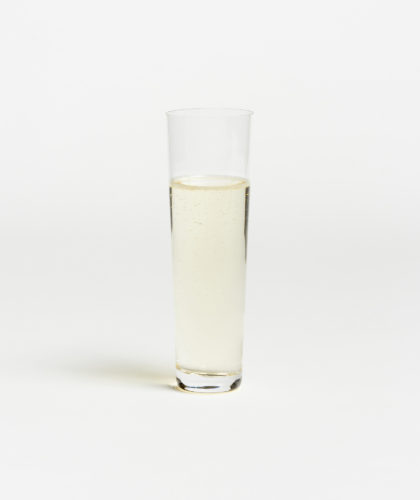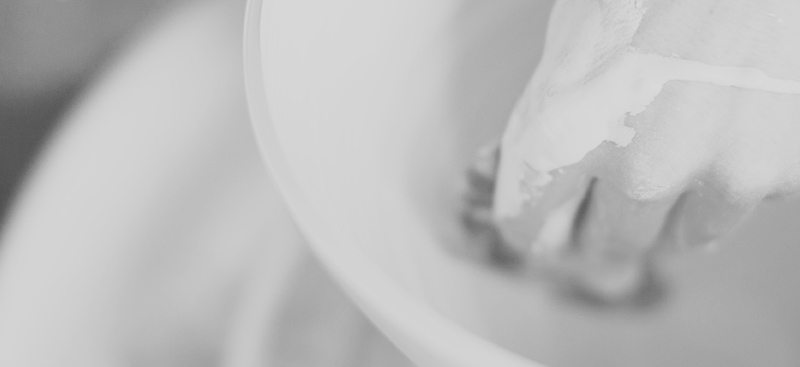Deborah Ehrlich
Glassware Designer
Designer Deborah Ehrlich was inspired to create her first line of glassware after spending time in Provence, where wine is usually served from simple tumblers. “It was the late 1990s when I came back,” she recalls, “and I couldn’t find glassware that wasn’t fancy, so I designed something for my hand.”
Today, Ehrlich, who lives and works in New York's Hudson Valley, produces glassware – as well as other fine items for the home – of stunning simplicity and beauty.
“I studied as a sculptor,” Ehrlich explains, “Which is why my approach is all about form and proportion.”
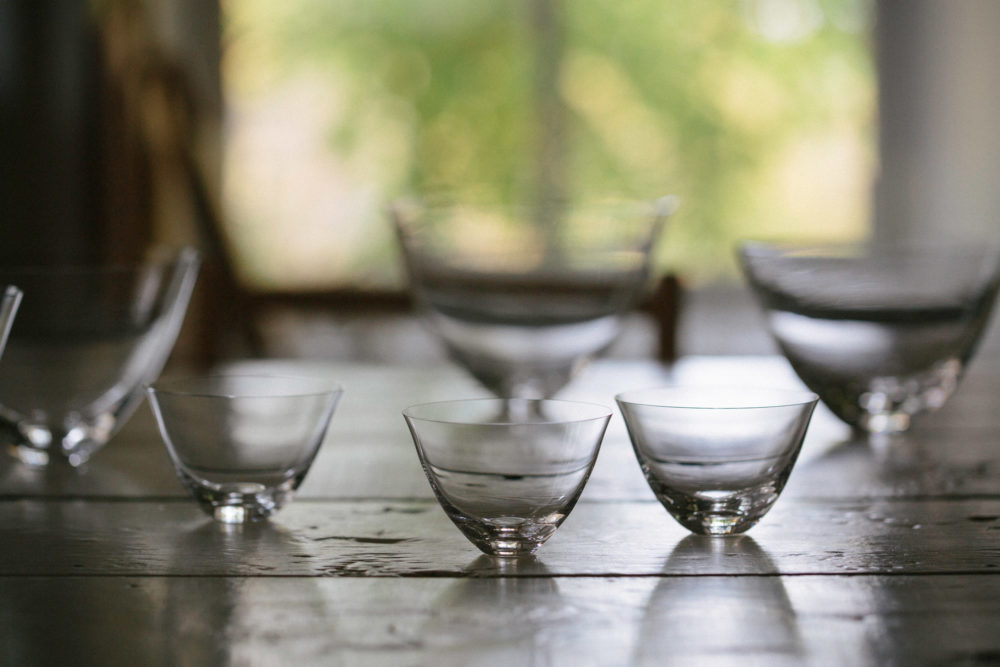
Each design begins with the most elemental of tools: a pencil, ruler and a piece of paper. “Then I put a mark on the paper,” Ehrlich describes. “It’s very precise, like marking stars in the sky. There’s an architecture to what I do that’s really about trying to unveil the innate proportion.”
Next she sends her design to her master mould cutter, in Sweden, who makes a graphite mould based on her drawing. From there, the mould travels to master Swedish glass blowers, who blow hot crystal into the negative form. “The next day, when the glass has cooled, they cut it with their diamond and polish it by hand,” Ehrlich explains.

The advantages of this exacting process are manifold: the crystal can be blown exceptionally thin because it’s stronger than glass, and because the glass has a hand cut and polished lip, everything tastes better when you drink from it.
Does Ehrlich see her crystal glasses as something to save for special occasions? Quite the opposite. “The glasses are a little bit special but they are also very modest,” she says. “I love that people use them every day; it is the greatest compliment to me.”


"The glasses are a little bit special but they are also very modest," she says. "I love that people use them every day; it is the greatest compliment to me.”

